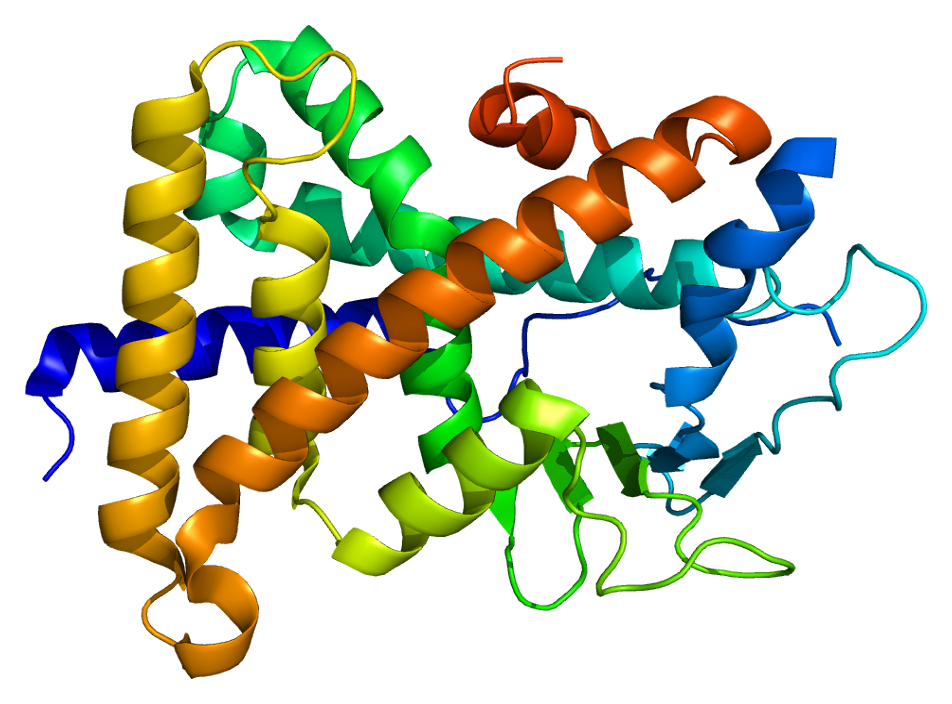Nuclear receptors as targets for endocrine disrupting compounds
In this project we are studying how xenobiotics (e.g. drugs, environmental pollutants, personal care product and plastic additives) can influence the health of organisms via a group of proteins called nuclear receptors.
Main content
Nuclear receptors are transcription factors. They act as switches on the DNA and regulate which proteins are being produced by a cell. We are particularly interested in the nuclear receptors SXR (steroid and xenobiotic receptor, also called PXR), PPARs (peroxisome proliferator activated receptors), and a very similar receptor called the aryl hydrocarbon receptor (Ah-receptor) or dioxin receptor. All of these receptors are parts of the cellular defensome, sensing the presence of xenobiotics and regulating the expression of proteins that are important in the cellular defense against and disposition of such compounds.
Xenobiotics can regulate SXR-dependent transcription in different ways. If the compounds bind directly to the SXR protein inside the cell, the compound is denoted a ligand for SXR. In contrast to most other nuclear receptors, SXR from different species is activated differently by different ligands. This can lead to species-specific differences in the metabolism (biotransformation) of xenobiotics, and causes problems in toxicological studies where model organisms are used to predict the health risk of exposure to such compounds by animals and humans.
A central question in this project is therefore to map how the SXR protein in different Arctic and marine species are activated by environmental pollutants such as PCBs and brominated flame retardants (BFRs). This is being done by cloning the SXR (and other receptors) from different species, and then by studying how they are activated by different ligands under controlled conditions in vitro (in the test tube).
Detailed knowledge of the gene sequence of the SXR receptor from different species also provides a basis for modeling the molecular structure of the receptor, thereby providing insight into how different molecules may activate SXR from different species differently. This may give us increased predictive power to understand the responses of different organisms to contaminants, when only the sequence of their SXR gene is known.
The project is supported by the Norwegian Research Council.
